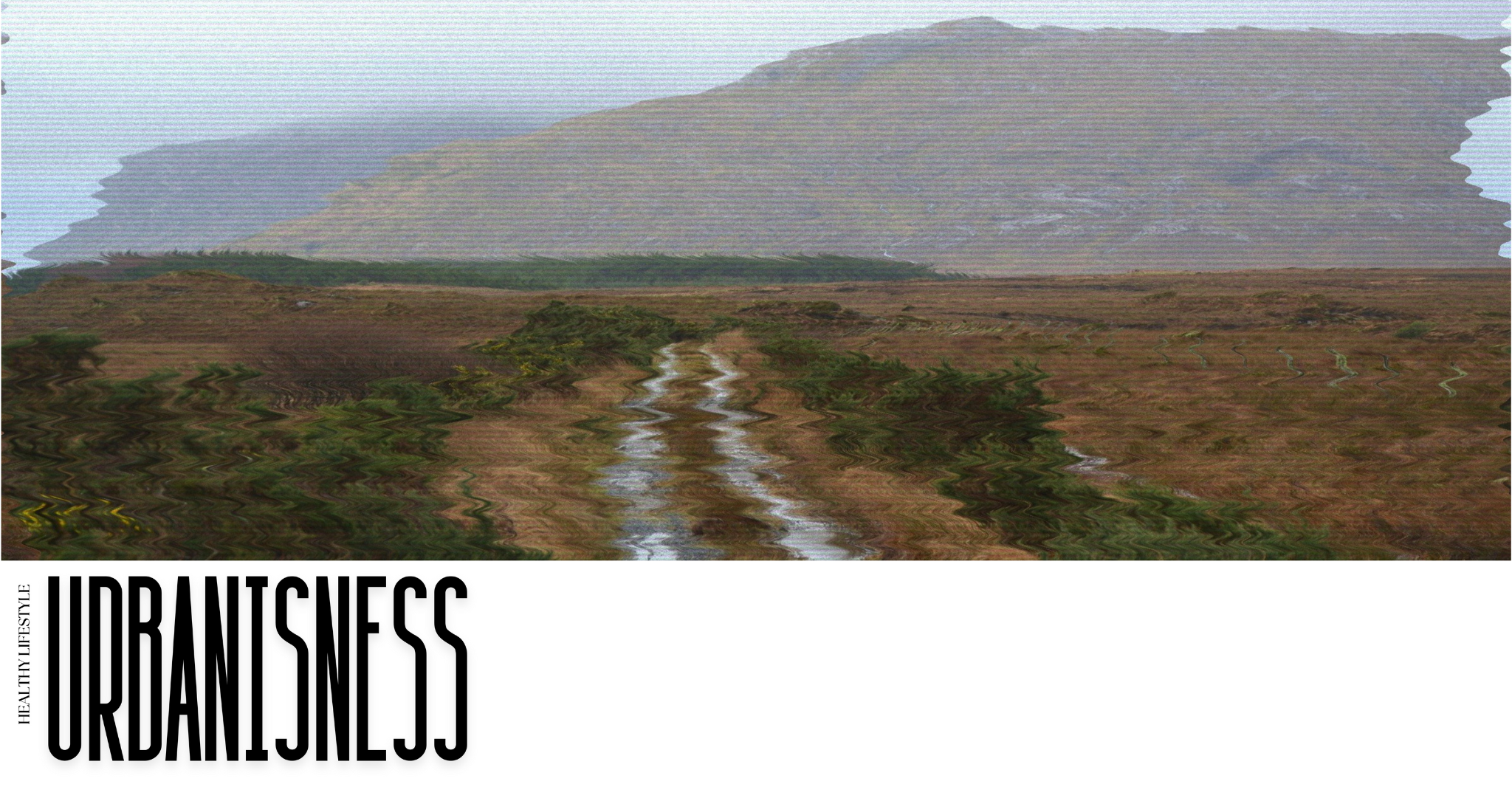When boiling water is poured into food containers, it releases countless microplastic particles, grains, and fibers that are invisible to the naked eye. For instance, this occurs when parents pour boiling water into bottles before mixing baby formula or when using plastic electric kettles and other household commodities. Scientists have been studying the potential threats of microplastics to the environment and human health over an extended period. Richard Thompson, a marine ecologist at the University of Plymouth in England, has researched the effect of plastic particles smaller than 5 millimetres in diameter since 2004. He and his team discovered plastic in every environment they examined: in all the oceans, the snow of the Arctic, Antarctic ice, shellfish, table salt, drinking water, and beer. Particles traverse the air and settle back onto the ground in cities, forests, and mountains. In addition to being exposed to drinking water or rainwater, people inhale these particles into their lungs, and plastic can enter the stomach through various foods.

